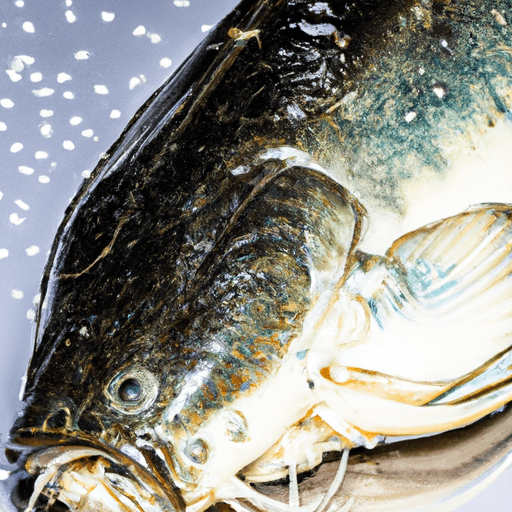Exploring the Delights of Catfish: A Culinary Journey
Catfish is a popular freshwater fish that has won the hearts of many food enthusiasts around the world. Known for its distinctive flavor and versatility in the kitchen, catfish offers a fantastic culinary experience that’s sure to please both seafood aficionados and casual home cooks alike. In this article, we’ll dive into the world of catfish, exploring its taste, common uses in cooking, nutritional value, and some interesting historical facts. Let’s embark on this delightful culinary journey together!
A Taste Sensation:
Catfish is renowned for its mild, sweet, and slightly earthy flavor, making it a favorite among seafood lovers. The delicate taste of catfish allows it to pair beautifully with a wide range of flavors and cooking techniques. Whether it’s pan-fried to crispy perfection, grilled to smoky tenderness, or served in a fragrant stew, catfish delivers a mouthwatering experience that never fails to impress.
Versatile in the Kitchen:
Catfish is a truly versatile ingredient that lends itself well to various cooking methods. Its firm and flaky flesh stands up to grilling, broiling, and pan-frying without losing its texture or taste. Coat it in a crispy cornmeal crust for a classic Southern twist, or marinate it in a zesty citrus mixture before grilling for a refreshing flavor profile. Catfish’s adaptability ensures that it can be the star of the show in a variety of dishes, from simple weeknight dinners to upscale gourmet creations.
Nutritional Value:
Besides its delectable taste, catfish also brings a wealth of nutritional benefits to the table. This lean fish is an excellent source of high-quality protein, making it a valuable addition to a balanced diet. Furthermore, catfish provides valuable vitamins and minerals, such as vitamin B12, phosphorus, and selenium. With its low calorie and fat content, catfish offers a guilt-free option for those looking to maintain a healthy lifestyle without sacrificing flavor.
A Journey Through History:
Catfish has a rich historical background that stretches back thousands of years. Native to North America, catfish played a significant role in the diet of various Native American tribes. It was also an important food source for early European settlers. Over time, catfish gained popularity across the United States, finding its way into regional cuisines and becoming an integral part of Southern soul food. Today, catfish is enjoyed worldwide, with each culture adding its own unique touch to this beloved fish.
Fun Facts About Catfish:
- The largest species of catfish can reach astonishing sizes, with some weighing over 300 pounds!
- Catfish possess an impressive array of taste buds, making them highly sensitive to different flavors and textures.
- Catfish are bottom dwellers and have been known to create nests by clearing areas on the river or lake beds.
- Did you know that the whisker-like appendages on a catfish are called “barbels”? These barbels help the catfish navigate its surroundings and locate food.
Catfish truly offers a delightful culinary experience with its fantastic taste, versatility in the kitchen, nutritional value, and fascinating history. Whether you’re a seasoned seafood enthusiast or just starting your culinary journey, exploring the world of catfish is a must. From classic Southern catfish dishes to international creations, this beloved fish has something to offer everyone. So, why not cast your culinary net and embrace the wonders of catfish in your next meal? Happy cooking!
Note: When purchasing catfish, ensure it comes from sustainable and well-managed sources to support the health of our oceans and rivers.
Catfish
Origin: Catfish, also known as “siluriformes,” are a diverse group of ray-finned fish found all around the world. They are primarily freshwater fish and are native to North America, Africa, and Asia.
Common Uses: Catfish is a popular ingredient in many cuisines, known for its mild and slightly sweet flavor. It is commonly used in dishes like fried catfish, catfish stew, and catfish po’boys.
Nutritional Benefits: Catfish is a lean source of protein and contains essential nutrients such as omega-3 fatty acids, vitamin D, and vitamin B12. It is also low in calories and saturated fat.
Unique Properties: Catfish have a distinctive barbels, or “whiskers,” around their mouths, which they use to detect food. These barbels help them navigate and search for food in dark or murky waters.
Historical Significance: Catfish has been a staple food for many societies throughout history. In the United States, particularly in the southern states, catfish became popular as an affordable protein source during the Great Depression. Since then, it has remained a beloved ingredient in American cuisine.




Use the share button below if you liked it.
It makes me smile, when I see it.